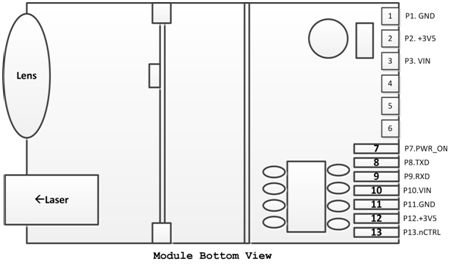After harvesting tomatoes, the following four measures can be taken to promote the emergence of new shoots and improve economic efficiency.
Pressing and stimulating new shoots After the first generation of tomatoes is ripened and harvested, the dead branches and yellow leaves are cut off and the vigorously growing new branches are kept. On the side of the main trunk, a 20-cm-long, 15-cm deep fertilization trench is fertilized. After fertilization, the main trunk is buried in a ditch and watered to make it rooted. In this way, new roots and old roots can jointly absorb water and fertilizers, prompting new branches to blossom as early as possible.
Cut old branches to promote new shoots After the first generation of tomatoes is harvested, cut off the old branches and leaves that are dead, and then pry roots to fertilize and water, which can trigger new shoots and allow them to grow rapidly and flower.
The bead promotes the sprouting of tomato caps. After the peak period, the remaining 1 to 2 lateral branches left by the main branch are left. When the equal branches grow to 24 to 26 cm, it is bent to the ground and fixed with the soil bead. The top is exposed to 2 to 3 Lobules, watering the collateral once fixed. The earth pressure site will breed a strong root system. Immediately after the premature root failure of the tomato, the main branch will be cut off from the upper part of the pressurised side branch, and the management will be strengthened. The lateral branch will soon bloom.
Transplanting tiller sprouts The roots of the tomato are prone to grow in secondary roots, and they produce more tiller seedlings near the ground. These branch tillers have a rapid growth after transplanting. Generally, the fruit can be blossomed within 7 to 10 days. If the ground is dry, the soil around the trunk can be watered. When there is a small amount of white spots at the root of the litchi, the seedlings can be transplanted, and the results can be quickly flowered.
Industrial Laser Distance Sensor
Industrial Laser Distance Sensor, we also call it secondary development laser distance module, which support TTL level and CMOS. The laser range sensor can be widely used in professional surveying, mapping, construction, robots, hunting arrows, industrial monitoring and automated measurement applications in electricity, transportation, etc. Our laser distance module supports data communication with RS232, USB with a simple adapter. The results of laser distance sensor can be evaluated with Arduino. We are always looking ahead, hoping we can make every measurement simple in life!

Parameters of M703A:
|
Accuracy |
±1 mm (0.04 inch) |
|
Measuring Unit |
meter/inch/feet |
|
Measuring Range (without Reflection) |
0.03-150m |
|
Measuring Time |
0.1~3 seconds |
|
Laser Class |
Class II |
|
Laser Type |
635nm, <1mW |
|
Size |
72*40*18mm (±1 mm) |
|
Weight |
About 21g |
|
Voltage |
DC2.0~3.3V |
|
Electrical Level |
TTL/CMOS |
|
Frequency |
10Hz |
|
Operating Temperature |
0-40 ℃ (32-104 ℉ ) |
|
Storage Temperature |
-25~60 ℃ (-13~140 ℉) |
Laser Distance RS232,Arduino Distance Module,Laser Module RS232
Chengdu JRT Meter Technology Co., Ltd , https://www.cdtoflidarsensor.com